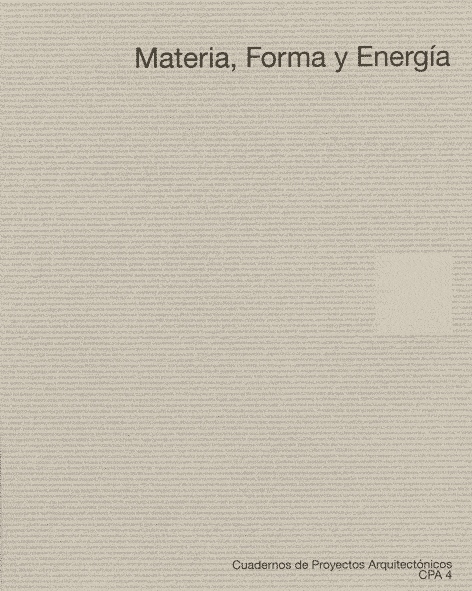Desaparición y desvirtuación de la estructura en la obra de Sejima-SANAA = Structure disappearance and transformation in Sejima-SANAA´s work
Palavras-chave:
estructura, jerarquía, desaparición, desvirtuación, trazado geométrico, structure, hierarchy, extintion, desvirtuation, geometric layoutResumo
Resumen
Analiza dos estrategias empleadas por Sejima – SANAA para superar la presencia y el papel dominante de la estructura portante: la desaparición como sistema físico específico y la desvirtuación de su función como sistema ordenador del proyecto.
La desaparición toma como ejemplo la Casa Flor en la que la función portante se ha transferido a la piel transparente que, evocando el contorno y centro de una flor, define los límites del espacio. Recuerda a arquitecturas previas en las que elementos como cerramientos y particiones asumían también la función estructural del conjunto. En la Casa Flor esos elementos se hacen transparentes. La estructura deviene invisible, desaparece. Recuerda al proyecto de Mies Van der Rohe para uno de los rascacielos de la Friederichstrasse (1922); a su anhelo de no precisar pilares; a su voluntad de sostenerse tan solo con las superficies transparentes onduladas de su perímetro.
La desvirtuación hace referencia a estrategias en las que el sistema estructural específico se manifiestan expresa y físicamente visible, pero sin ejercer –al contrario de lo que solía- la función adicional de establecer un orden conjunto que condicione subordinándolas las posiciones de otros sistemas, cerramientos, particiones, mobiliario...; función que ha desempeñado históricamente y que deriva, entre otros, de asumir el papel de materializar , haciéndola evidente, la trama geométrica de base. Se ilustra con tres ejemplos: la Casa Platform I, en la que la estructura portante materializa el orden geométrico de base y ejerce función ordenadora; Café Park en el que la estructura materializa parcialmente la retícula de base y disminuye su función ordenadora y la Escuela de Zollverein en la que la estructura es el único sistema que no refleja, de alguna manera, la retícula de base, hasta el punto de ver desplazada su posición por la de las particiones, haciendo realidad un deseo expresado por Sejima en el año 2000: quiero pensar en la jerarquía entre tabiquería y estructura y reducir dicha jerarquía.
Abstract
Analyzes two strategies used by Sejima - SANAA to overcome the presence and the dominant role of the load-bearing system: it’s disappearance as a specific system and the reduction of its role as organizer of the whole of the project.
The disappearance takes as an example the Flower House, where the supporting role has been transferred to the transparent skin that defines the building perimeter. Reminds previous architectures in which elements such as enclosures and partitions also assumed the bearing of the whole. In the Flower House those elements become transparent. The structure becomes invisible, disappears. Reminds Mies Van der Rohe´s project for one of the Friedrichstrasse skyscraper (1922); to his desire of not requiring pillars, of being hold only with the transparent undulated surfaces of its perimeter.
The reduction of its role as organizer of the whole refers to strategies in which specific load-bearing system expressly manifest physically visible, but not exercise-unlike what used- the additional function of organizing the whole, establishing a conditional order subordinating the positions of other systems, enclosures, partitions, furniture ...; role carried out historically derived, among others, of assuming the role of materializing, making it evident, the basic geometric pattern. Is illustrated by three examples: the Home Platform I, in which the supporting structure materialises the basic geometric order, and becomes the organizer of the whole; Park Café in which supporting structure partially materialises the basic geometric order, and only partially becomes the organizer of the whole and Zollverein School where the structure is the only system that does not reflect in any way, the base grid, to the point of view shifted its position by the partitions, realizing a desire expressed in 2000 by Sejima: I want to think about the hierarchy between partition and structure and try to reduce that hierarchy .
Downloads
Downloads
Publicado
Edição
Secção
Licença
1. Los autores conservan los derechos de autor y garantizan a la revista el derecho de una Licencia Creative Commons Atribución-NoComercial-SinDerivar 4.0 Internacional que permite a otros compartir el trabajo con un reconocimiento de la autoría.
2. Los autores pueden establecer por separado acuerdos adicionales para la distribución no exclusiva de la versión de la obra publicada en la revista (por ejemplo, situarlo en un repositorio institucional o publicarlo en un libro).












